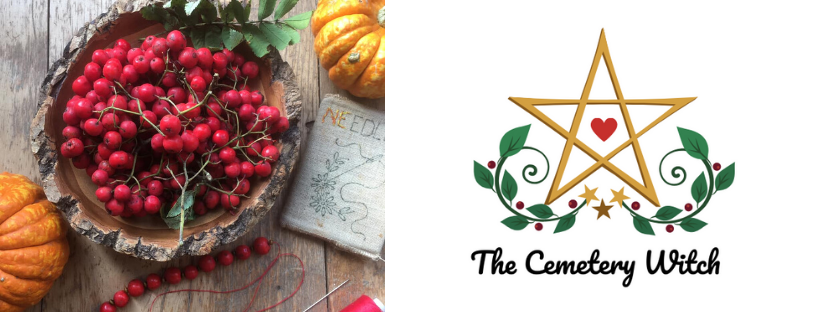Our Northern European ancestors believed their mystic Wheel stopped turning briefly at the time of the Winter Solstice.
Indeed, at the time the shortest day happens there is a pause; there is a “standstill” for a few days before the days start to grow in length again, usually around the 25th December.
This year, the difference in the length of day between 18th December and 25th December was approximately 56 seconds.
The solstices occur twice a year, and mark the moment when one of the Earth’s poles has its maximum tilt away from the Sun.
In the Northern Hemisphere, the Winter Solstice heralds the shortest day and the longest night, and in the Southern Hemisphere, our pagan brothers and sisters will be celebrating the warmth of Midsummer.
As the solstices are astronomical events they change in date, although many witches and pagans choose to celebrate on the 21st regardless.
This year, in my location in the Northern Hemisphere, the Winter Solstice fell on the 21st December, at 15:58hrs.
In many parts of the world the Winter Solstice is seen as the middle of winter, but for many people it is just the start. Certainly in the U.K. we still have the colder months of January and February to navigate. In Meteorology, winter starts about three weeks before the Solstice.
Energetically speaking, the balance of power has been tipped at the Winter Solstice. The days will be getting longer and brighter as we emerge from the darkness. This is a huge moment of celebration for many, and many pagans choose to mark the rebirth of the Sun by observing the sunrise.
For many people, pagan or otherwise, it is a relief to know that the dark days and depths of winter are behind, and lighter days will follow. (Light and dark are not euphemisms for good and bad here, by the way.) With the returning sunlight comes increased energy, and renewed feelings of joy and hope.
